
All categories
Featured selections
Trade Assurance
Buyer Central
Help Center
Get the app
Become a supplier

(233719 products available)

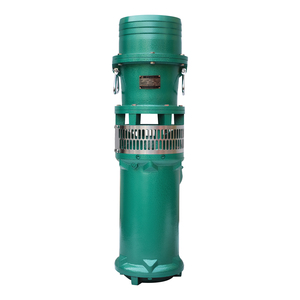


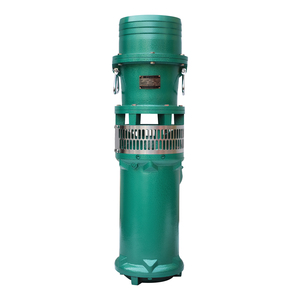


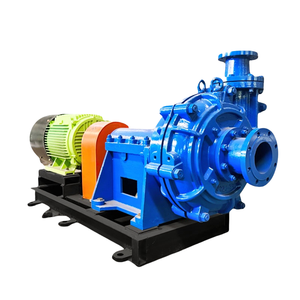

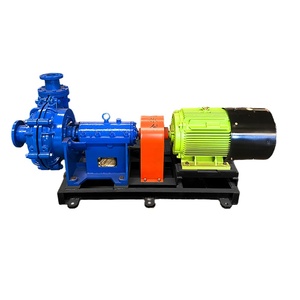

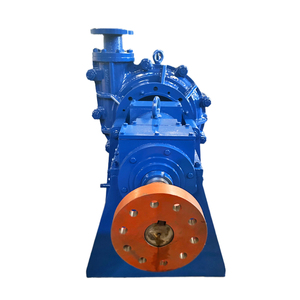

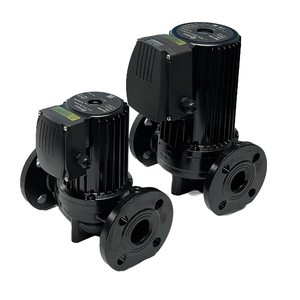




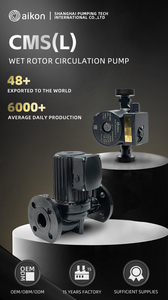


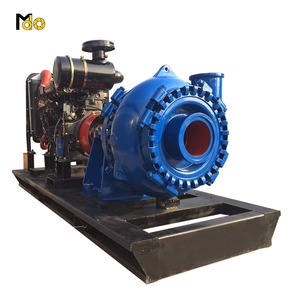












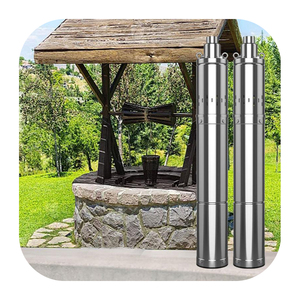


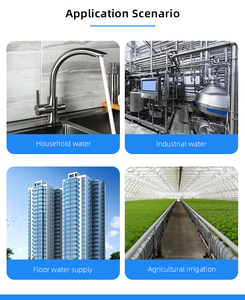
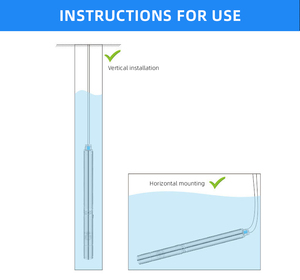
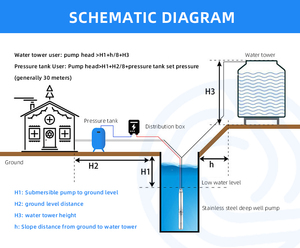




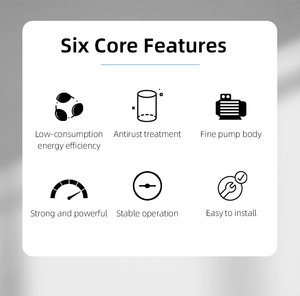

Engineers create different water pumps for construction companies depending on their situation, such as the kind of liquid they need to transfer and the height it must reach. These types include centrifugal, positive displacement, submersible, and vertical turbine pumps, all handled differently, making them suitable for many projects. When choosing a pump, various factors should be considered, including the fluid's attributes, the power source, the installation setting, and the desired flow rate and pressure. Here's a breakdown of each type.
A centrifugal pump uses rotational force from a pump impeller to move fluid in the water pump factory. Hence, the pump is ideal for transporting low-viscosity liquids from one place to another. The pump is inexpensive and straightforward to run, making it a preferred choice for construction companies working on their first big task. However, the centrifugal pump cannot raise fluids to greater heights, limiting its use in many construction projects requiring higher vertical fluid transportation.
A positive displacement pump moves fluid by trapping a fixed volume and forcing the fluid into discharge tubing. This pumping action makes it possible to move thicker liquids that centrifugal pumps cannot handle. The pump maintains a constant flow rate regardless of changes in pressure, an essential attribute for many construction tasks. There are numerous varieties of these pumps, including gear, diaphragm, and piston pumps, each suited to specific fluid types and project needs.
As the name suggests, a submersible pump is put under the water or any other liquid it is pumping. It is sealed so it can work in the liquid environment without getting damaged. It is regularly used in construction to remove groundwater from excavated areas. These pumps can handle solids-laden fluids that may be problematic for other pumps, making them useful for construction work in areas with high sediment concentrations.
A vertical turbine pump consists of one or more pump bowls, an impeller, and a vertical shaft. The impeller is located at the top of the pump, while the other components are below water. The pump is suitable for wells and other projects that require pumping water from deep sources. These pumps can transport large volumes of water and are often used in irrigation, water supply systems, and construction dewatering projects.
It is vital that the pumps are durable and made of good materials to work properly in hard construction settings consistently. The pumps must also be made with materials that can handle their work environment without getting damaged. Immersive Engineering pumps work under different temperatures, operate for long hours, and sometimes come into contact with corrosive materials, making selection crucial for pump longevity.
The construction of immersive engineering pumps employ different building materials to ensure longevity. For instance, stainless steel is routinely used due to its resistance to rust and corrosion. It is preferred where water is pumped with a small concentration of chemicals or saline since it will not corrode and will thus have a longer life. The frame may also be made with stainless steel for additional strength, durability, and corrosion resistance.
High-strength polymers are another commonly employed material, especially in cases where the pumps handle fluids with solids or sludge inside them. These materials provide excellent chemical resistance, are less likely to corrode than metals, and are lighter in weight. The polymer materials are cheaper, making them commonly used where they can effectively solve the problem.
If the construction project requires a pump for fluid transfer that experiences extreme pressure, heavy-duty cast iron pumps are suitable. Cast iron provides sturdiness but can rust if used inappropriately without water protection, which is sometimes found in construction sites.
The first factor that affects the durability of the immersive engineering water pumps is abrasion. Pumps that deal with liquids containing solids or sediment particles will suffer from internal wear. The sediment particles may be found in the water or liquid being transferred or in the liquid itself if it has settled to the bottom of the container where it is kept. Pumps that move these fluids must have their internal components like impellers and volutes made of abrasion-resistant material, hard-faced steel, etc.
The second factor is corrosion. Water is an example of a simple solvent that can cause corrosion over time or even immediately if chemicals are added or if it is in a saline form. Immersive pumps that handle such fluids should be made from stainless steel or polymer materials. The pumps may also be fitted with sacrificial anodes to take away any water corrosion directed at the pump metals.
Thirdly, high pressure can also be a factor that affects the durability of pumps. Positive displacement pumps are generally used for the high-pressure type of fluid. These pumps are built with heavy-duty, thick materials. Sometimes, high-pressure pumps have pressure-relief valves to prevent excess pressure from damaging the pump and plumbing.
Diverse construction situations demand unique pumping solutions, thus the diverse possible application scenarios for immersive engineering pumps. The kind of pump needed depends mainly on the fluid transfer task and the work environment. Here are some of the scenarios where the pumps are used.
Construction work that has to deal with digging and building foundations starts with the need to dewater the contained groundwater. Submersible pumps have to be used to drive the clear water contained in the ground, enabling a dry area to work and prevent water from seeping inside the basement or foundation of a structure. Without basement water drainage, a pump will be ineffective, resulting in slow and most likely unsafe construction due to water compromising structural integrity.
Pumps transport slurry or any mixture with solids inside pipes through long distances to any point within the construction site. The positive displacement pump is the best option for handling thick slurries that need to be moved around. Unlike other pumps, this one is ideal for moving these slurries with high viscosity through narrow spaces. It has the strength to move the heaviest solids without getting clogged or breaking down. Pumps for moving waste materials or the byproduct of some construction activities should also be positive displacement types.
Construction equipment must be washed to increase its effectiveness and workability. Pressure washers are used to carefully wash tools, machinery, and other items. A good-quality centrifugal pump must be installed on any pressure washer used in construction to provide high flow but moderate pressure. Such pumps are used to wash construction equipment without damaging them or breaking down due to pump clogging.
Vertical turbine pumps are mounted on wells to ensure water is always available for fire prevention systems put in place during construction. Buildings in construction areas are potential fire hazards due to flammable materials used or stored in them. That ensures systems such as sprinklers installed in the ceilings are always functional, and water will be transferred to these systems using vertical pumps. The pumps are used for creating the systems and ensuring safety while completing the construction. The pumps guarantee that even if there are fires during construction, they will be quickly contained so that the fire does not damage other elements, making it easy to work safely.
The first thing to consider when selecting the pump is the pump type. Centrifugal pumps are the most suitable for normal water-like fluids or low-viscosity chemicals. Positive displacement pumps would be a better option for thicker, more viscous fluids. For groundwater removal, submersible pumps would handle all the work without external help. Vertical turbine pumps are used when water must be drawn from wells or other deep sources.
Know how much fluid needs to be moved and how high it needs to be moved( the discharge head). Choose a pump with the right flow rate so that it does not work too hard or sit idly by, wasting time when not being utilized. The pump should be made of materials compatible with the fluid to avoid corrosion and pump degradation. Determine whether the pump should be electric, powered by an internal combustion engine, or should run on other energy sources like wind power. For more practical advice on vibration isolation, check the pump vibration manual and guidelines to avoid damage to nearby structures due to pump vibration.
A1: The pumps are applied in groundwater dewatering, slurry transport, pressure washing, fire protection system installation, and irrigation for agricultural projects.
A2: Maintenance extends service, increases reliability, prevents unscheduled downtimes, and reduces the total cost of ownership.
A3: Corrosion, abrasion, and high pressure are the main durability challenges. Materials of construction and regular maintenance keep them durable.
A4: The pumps should operate at the right flow rate and pressure, within the ambient and fluid temperature range, and in the right environment.